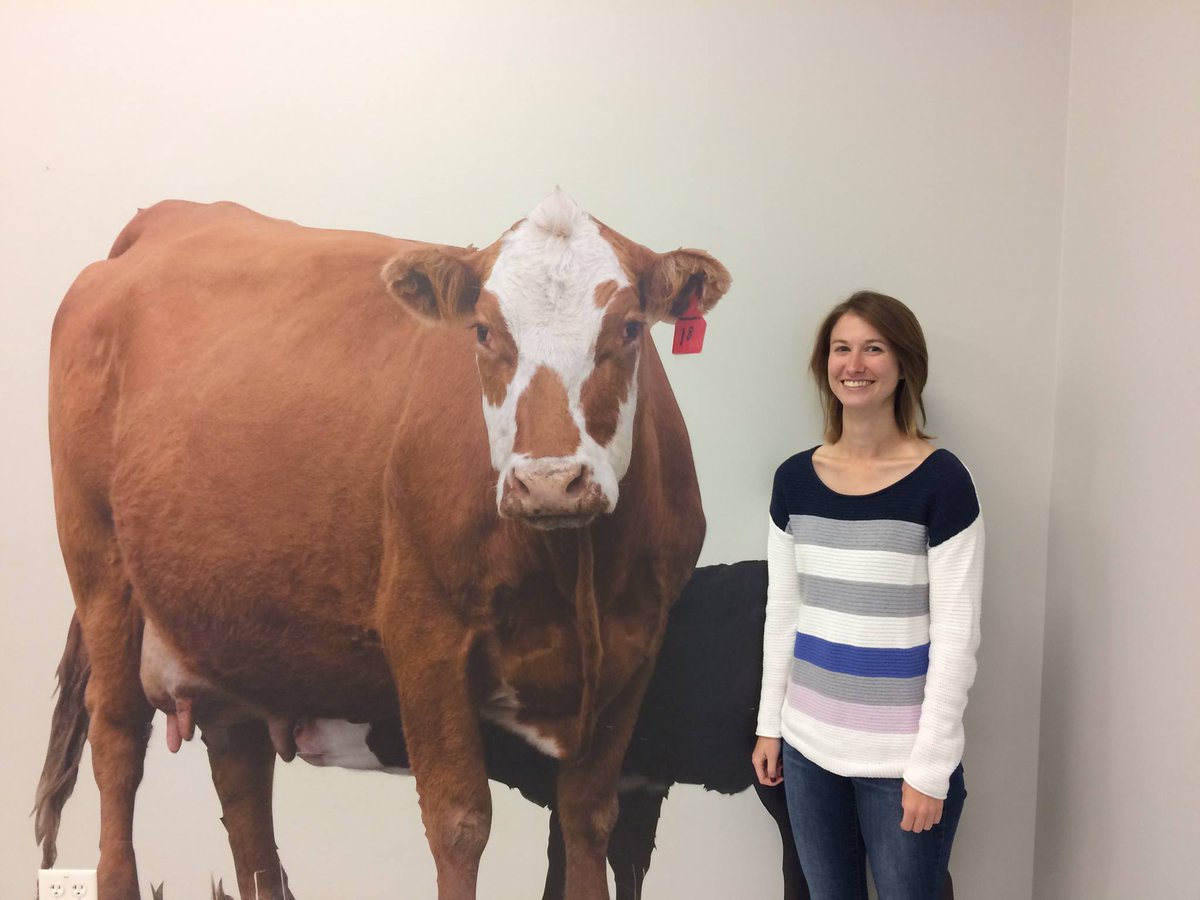Sometimes I wonder how much water is contained in all the crops in Iowa and how this changes throughout the growing season.
Luckily @ktog12 is going to tell us how to she& #39;s (maybe) figured out how to use satellites to measure crop water in vegetation as she defends her PhD dissertation this morning.
Kati did her Master& #39;s at @isuagronomy with @SArchontoulis and @avanloocke is now finishing her PhD with Brian Hornbuckle before joining USDA-ARS.
Kati uses data from NASA& #39;s SMAP and ESA& #39;s SMOS. These satellites measure soil moisture and usually treat vegetation as noise.
There is a lot of modeling that goes into going from something we know, like how much a corn plant weighs, to something we don& #39;t know, like how much water is contained in the crop canopy of the Midwestern US.
Step 1: Find the relationship between corn/soy dry mass and corn/soy water content - Kati made an empirical model for this.
Step 2: Use crop models (Agro-IBIS and APSIM) to get larger areas of crop dry mass than can be measured by hand.
Step 2: Use crop models (Agro-IBIS and APSIM) to get larger areas of crop dry mass than can be measured by hand.
Step 3: Find a relationship between what the crop models project and what the satellites are measuring.
Step 4: Use real measurements (other than the ones used to build the model) to see if modeling worked.
Step 4: Use real measurements (other than the ones used to build the model) to see if modeling worked.
These steps are all very challenging and I am grossly oversimplifying @ktog12& #39;s defense presentation (which is full of equations and parameters), but you can always read her work: https://www.researchgate.net/publication/335892982_Satellite_L-band_vegetation_optical_depth_is_directly_proportional_to_crop_water_in_the_US_Corn_Belt">https://www.researchgate.net/publicati... More to be published later.

 Read on Twitter
Read on Twitter


